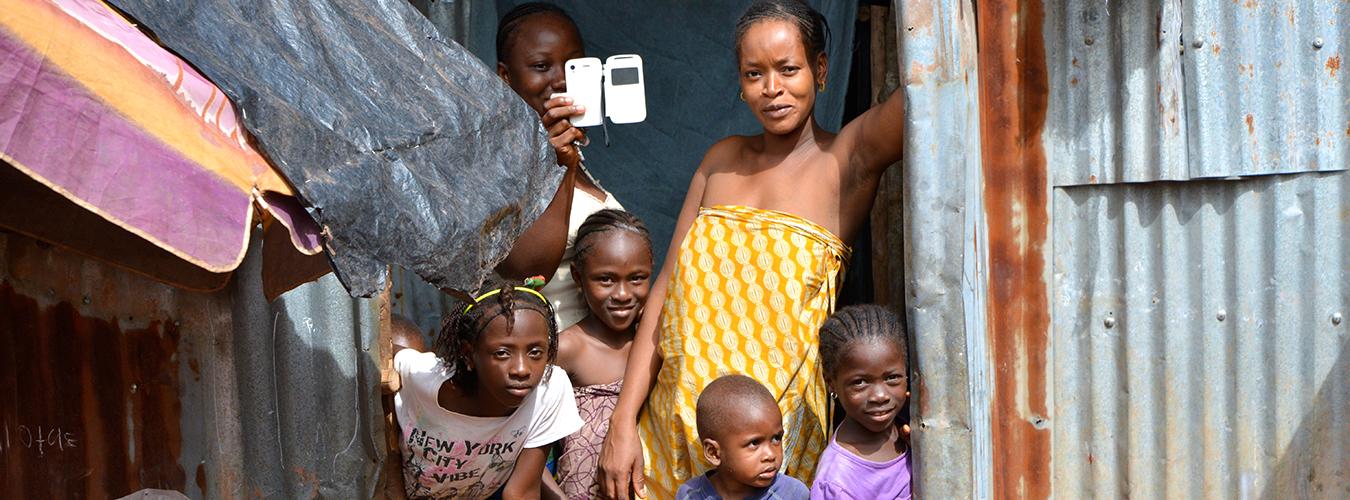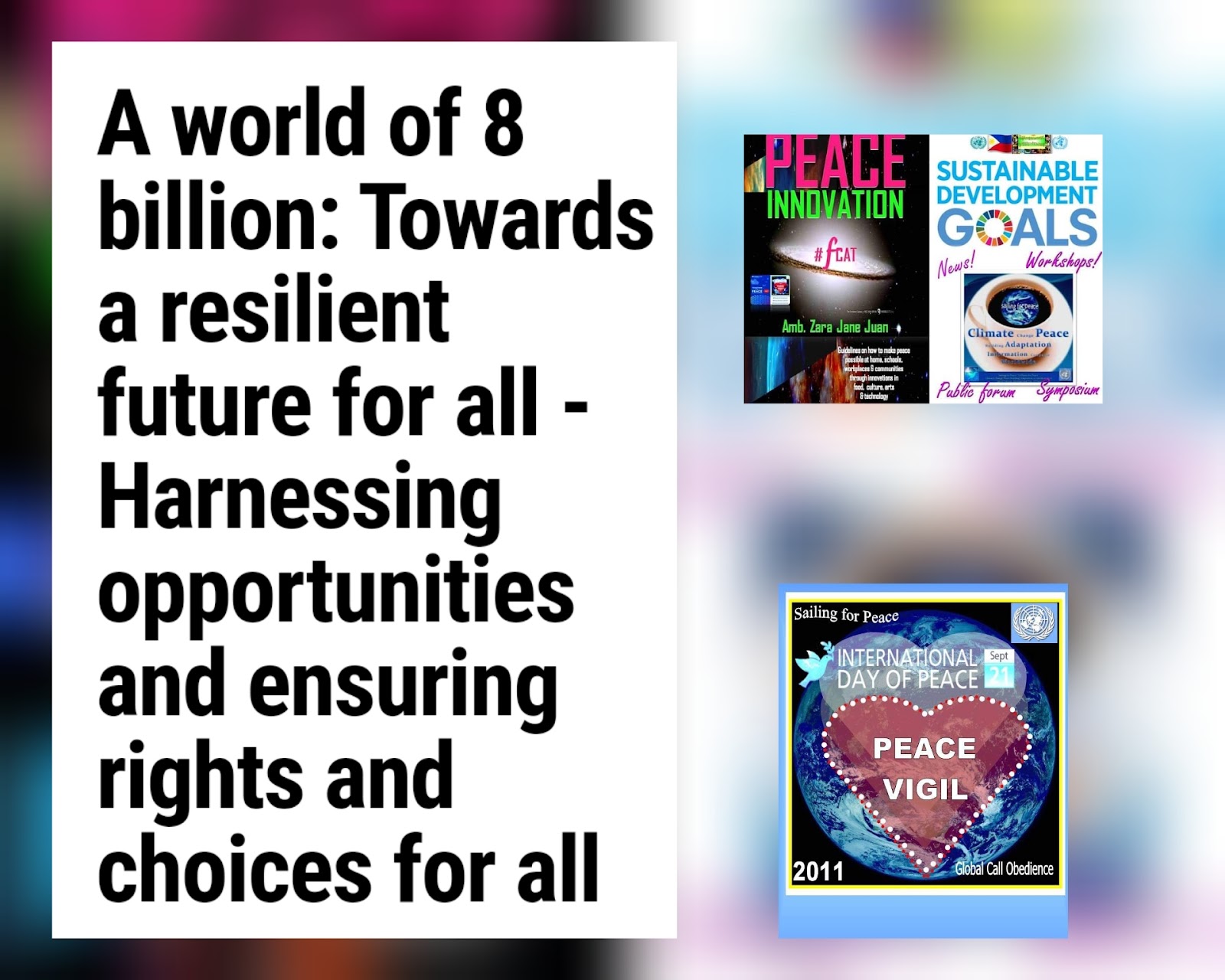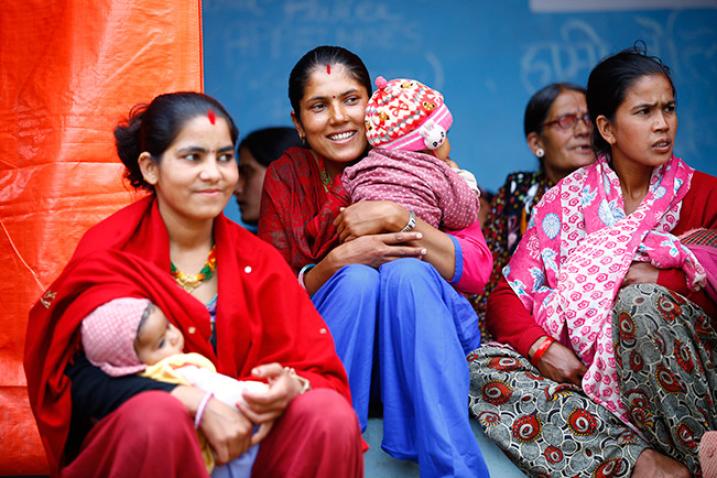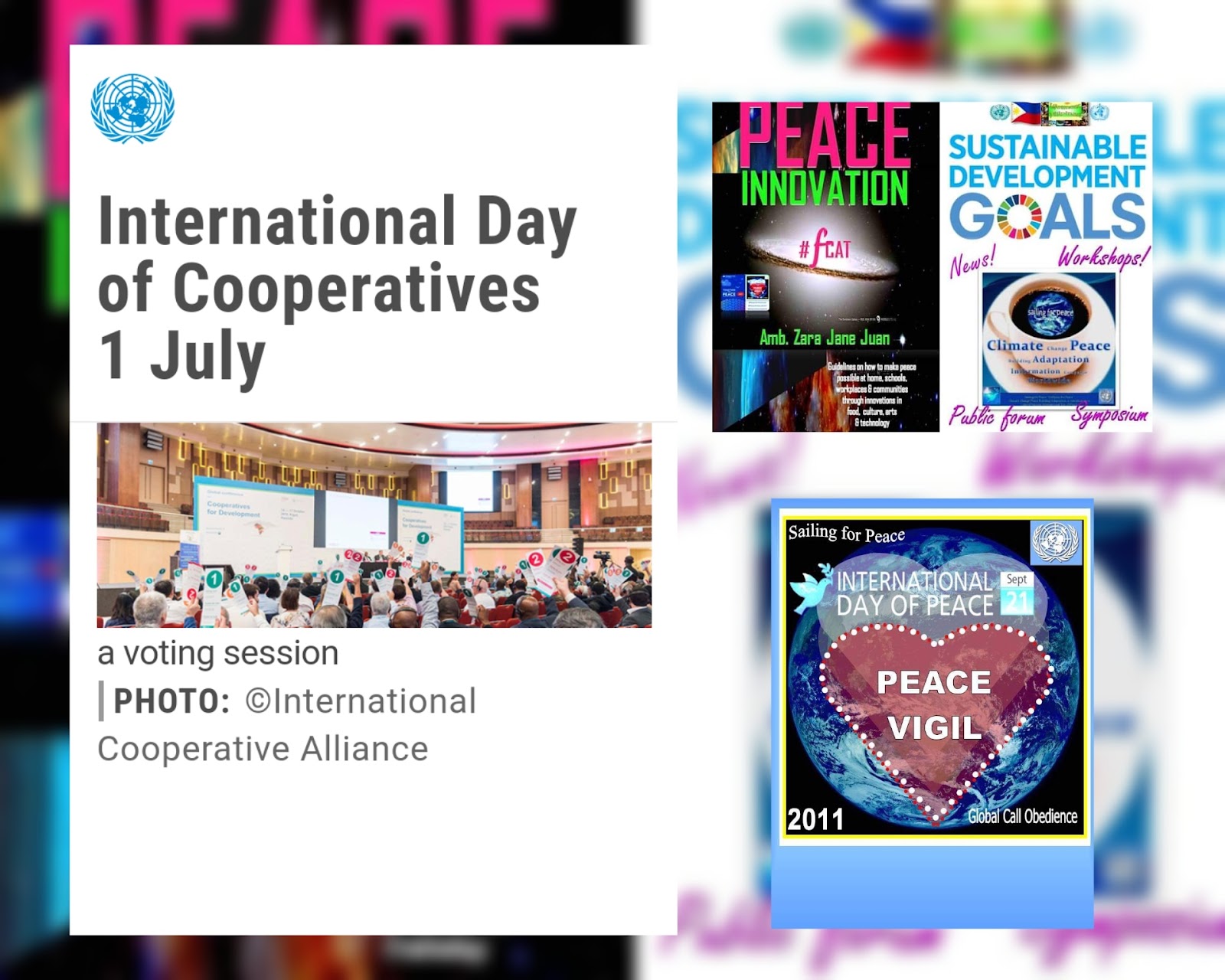
Reaching a global population of eight billion is a numerical landmark, but our focus must always be on people. In the world we strive to build, 8 billion people means 8 billion opportunities to live dignified and fulfilled lives.
UN Secretary-General António Guterres
A world of 8 billion: Towards a resilient future for all - Harnessing opportunities and ensuring rights and choices for all
In 2011, the world reached a population of 7 billion. This year, the number will hit 8 billion, prompting the attendant responses. Some will marvel at the advancements in health that have extended lifespans, reduced maternal mortality and child mortality and given rise to vaccine development in record time. Others will tout technological innovations that have eased our lives and connected us more than ever. Still others will herald gains in gender equality.
But progress is not universal, throwing inequality into razor-sharp relief. The same concerns and challenges raised 11 years ago remain or have worsened: Climate change, violence, discrimination. The world reached a particularly grim milestone in May: More than 100 million forcibly displaced worldwide.
In an ideal world, 8 billion people means 8 billion opportunities for healthier societies empowered by rights and choices. But the playing field is not and has never been even. Based on gender, ethnicity, class, religion, sexual orientation, disability and origin, among other factors, too many are still exposed to discrimination, harassment and violence. We do ourselves no favors when neglecting those left behind.
Let no alarmist headline distract from the work at hand: investing in human and physical capital for inclusive, productive societies that uphold human and reproductive rights. Only then can we tackle the enormous challenges facing our planet and forge a world where health, dignity and education are rights and realities, not privileges and empty promises. In a world of 8 billion, there must always be space for possibility.
World Population Trends
It took hundreds of thousands of years for the world population to grow to 1 billion – then in just another 200 years or so, it grew sevenfold. In 2011, the global population reached the 7 billion mark, it stands at almost 7.9 billion in 2021, and it's expected to grow to around 8.5 billion in 2030, 9.7 billion in 2050, and 10.9 billion in 2100.
This dramatic growth has been driven largely by increasing numbers of people surviving to reproductive age, and has been accompanied by major changes in fertility rates, increasing urbanization and accelerating migration. These trends will have far-reaching implications for generations to come.
The recent past has seen enormous changes in fertility rates and life expectancy. In the early 1970s, women had on average 4.5 children each; by 2015, total fertility for the world had fallen to below 2.5 children per woman. Meanwhile, average global lifespans have risen, from 64.6 years in the early 1990s to 72.6 years in 2019.
In addition, the world is seeing high levels of urbanization and accelerating migration. 2007 was the first year in which more people lived in urban areas than in rural areas, and by 2050 about 66 per cent of the world population will be living in cities.
These megatrends have far-reaching implications. They affect economic development, employment, income distribution, poverty and social protections. They also affect efforts to ensure universal access to health care, education, housing, sanitation, water, food and energy. To more sustainably address the needs of individuals, policymakers must understand how many people are living on the planet, where they are, how old they are, and how many people will come after them.
Did you know?
- Since the middle of the 20th century, the world has experienced unprecedented population growth. The world’s population more than tripled in size between 1950 and 2020.
- The growth rate of the world’s population reached a peak between 1965 and 1970, when human numbers were increasing by an average of 2.1% per year.
- During the period from 2000 to 2020, even though the global population grew at an average annual rate of 1.2%, 48 countries or areas grew at least twice as fast: these included 33 countries or areas in Africa and 12 in Asia.
- The life span of adults in the developed world has increased since the middle of the 20th century - the number of people reaching the age of 100 years has never been greater than it is today.
- Worldwide, the number of deaths relative to the size of the population has been declining since the 1950s, Over the next several decades, projections by the United Nations assume a continuing gradual decrease in age-specific mortality rates.
Population and Development
Related Observances
- International Day of Zero Tolerance to Female Genital Mutilation (6 February)
- International Women's Day (8 March)
- International Day of Families (15 May)
- International Day to End Obstetric Fistula (23 May)
- International Youth Day (12 August)
- International Day of Older Persons (1 October)
- World Children's Day (20 November)
The dramatic growth of world’s population has been driven largely by increasing numbers of people surviving to reproductive age, and has been accompanied by major changes in fertility rates, increasing urbanization and accelerating migration. These trends will have far-reaching implications for generations to come. The United Nations system has long been involved in addressing these complex and interrelated issues – notably, through the work of the UN Population Fund (UNFPA) and the UN Population Division of the Department of Economic and Social Affairs.
The 2022 edition of UNFPA’s flagship State of World Population report highlights the alarming figure that almost half of all pregnancies in the world are unintended and explores the health, human right, humanitarian and socio-economic linkages of unintended pregnancies, including the issue of gender-based violence, the increased barrier women face in accessing reproductive health services in conflict settings and the risks related to unsafe abortions. The report also includes new data on child marriage and adolescent pregnancy.
International days and weeks are occasions to educate the public on issues of concern, to mobilize political will and resources to address global problems, and to celebrate and reinforce achievements of humanity. The existence of international days predates the establishment of the United Nations, but the UN has embraced them as a powerful advocacy tool. We also mark other UN observances





















